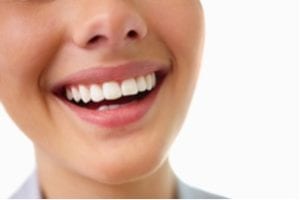The importance of preventative maintenance
Professional teeth cleaning is only one part of the preventive maintenance required for optimal oral heath.The other part, is what you do at home. A few things about home care;Home care consists of Brushing 2 X / day (preferably with a rechargeable electric toothbrush), Flossing 1 X / day and keeping your tongue clean. These are the basics.
Professional care is often referred to as getting your teeth cleaned. The interval between professional care visits varies from one individual to the next. Dentists and Hygienists rely on clinical exams, a proper set of X-rays and the measuring of the gum tissuearound your teeth ( done annually for most adults) to determine what interval would be most appropriate for youfor optimal oral health.
The goal of preventive maintenance is to remove Plaque, Tartar and Stain.
Plaque is a combination of food debris, saliva and bacteria.It is the soft white build-up we see on our teeth when we don’t brush.If it gets under your gums or between your teeth where the bristles of your toothbrush (manual or electric) can’t reach it will solidify with minerals in your saliva and turn into tartar (also called calculus; not the math kind, even though it’s spelled the same).
Once tartar adheres to the side of your tooth, you can brush 10 X per day and you will not be able to get it off at home.So, although both you and your hygienist are trying to remove the plaque, tartar and stain, realistically you can only remove the plaque. You will have to see your dental professional to remove the tartar and stain.
What is typically done at a typical professional care visit?
- Removing Plaque, Tartar & Stain
In this first step of the cleaning process, the hygienist will remove the plaque, tartar and stain using specially designed hand instruments and possibly an ultrasonic instrument that vibrates and sprays water to remove any tenacious build up. You may hear or feel scraping sounds during this process which is completely normal. It is not damaging your tooth in any way. - Cleaning with a gritty compound:
The hygienist will then polish your teeth using a professional electric brush and gritty-textured paste. It’s typical to hear a grinding sound while your teeth are being polished – although this is normal. This step will give your teeth a deep cleaning and leave them smooth and shiny. - Flossing
Similar to how you would floss at home, the hygienist will get in and thoroughly floss your teeth to remove any additional leftover debris. During this step, you may also be asked about your flossing habits, and be given tips on how to floss more effectively and how to improving your flossing routine. - Fluoride Treatment:
Lastly, sometimes Fluoride is applied to the surface of your teeth. This is done to help re-mineralize the outer layer of your tooth (called enamel). It can be applied in the form of a rinse, paste or paint on gel.
The best insurance for optimal oral health is brushing twice a day, flossing once a day, keeping your tongue cleanand making sure nothing gets in the way of seeing your dental professional at regular intervals appropriate to meet your needs.

